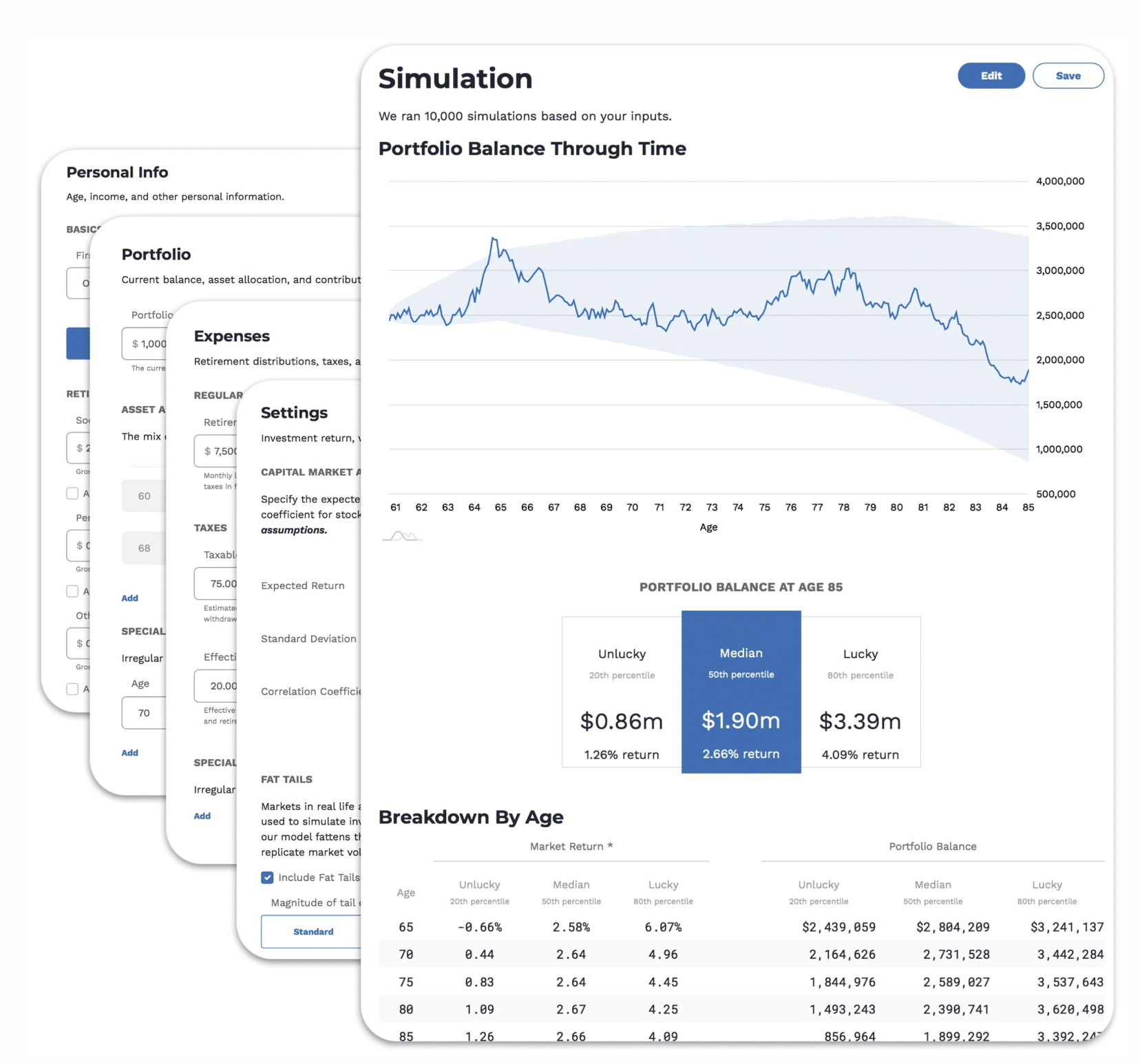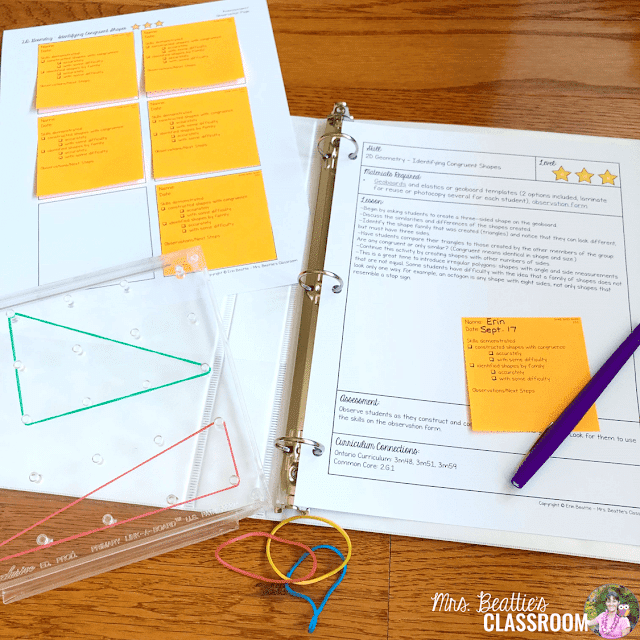The Honest Truth About i-Ready Math and Reading: Is It Right for Your Child?
In the ever-evolving landscape of education, parents are constantly seeking tools and resources to support their children’s academic growth. Among the most prevalent is i-Ready, a digital platform designed to personalize learning in math and reading. But with its widespread use comes a flurry of questions: What exactly is i-Ready? How does it work? And, most importantly, is it truly effective? This comprehensive guide delves into the honest truth about i-Ready, providing an unbiased look at its features, benefits, drawbacks, and considerations for parents.
What is i-Ready? A Comprehensive Overview
i-Ready is a blended learning program designed to assess students’ skills in math and reading, and then provide them with personalized instruction. It’s used by schools across the United States and offers a variety of features:
- Diagnostic Assessments: These assessments are adaptive, meaning the difficulty of the questions adjusts based on the student’s performance. They pinpoint specific skill gaps and identify areas of strength.
- Personalized Instruction: Based on the diagnostic results, i-Ready delivers targeted lessons and practice activities tailored to each student’s individual needs.
- Progress Monitoring: The platform tracks student progress over time, allowing teachers and parents to monitor growth and identify areas where additional support may be needed.
- Teacher-Led Instruction: i-Ready also includes resources and support for teachers, including lesson plans and data-driven insights to inform classroom instruction.
- Accessibility: i-Ready is designed to be accessible on various devices, making it convenient for students to use both at school and at home.
The Benefits of i-Ready: What It Offers
There are several potential advantages to using i-Ready:
- Personalized Learning: The adaptive nature of the program ensures that students are working at their own pace and on material that is relevant to their needs.
- Data-Driven Insights: The platform provides valuable data on student performance, allowing teachers and parents to identify areas where students excel and where they need more support.
- Targeted Instruction: The personalized lessons and practice activities focus on specific skill gaps, helping students to address their weaknesses.
- Convenience and Accessibility: i-Ready can be accessed on various devices, making it convenient for students to use both in the classroom and at home.
- Alignment with Standards: i-Ready is aligned with state and national educational standards, ensuring that students are learning the necessary skills.
The Potential Drawbacks of i-Ready: What to Consider
While i-Ready offers several benefits, it’s essential to be aware of potential drawbacks:
- Over-Reliance on Technology: Overuse of i-Ready can potentially limit opportunities for teacher-led instruction, collaborative learning, and hands-on activities.
- Assessment-Heavy Focus: Some critics argue that the emphasis on assessment can lead to test anxiety and a focus on grades rather than genuine understanding.
- Screen Time Concerns: Excessive screen time can be a concern for some parents, particularly for younger children.
- Limited Scope: i-Ready primarily focuses on math and reading, leaving other subjects for teachers to address.
- Potential for Frustration: Students who struggle with the material may become frustrated if they don’t receive adequate support or if the lessons are not engaging.
i-Ready in the Classroom: How It’s Typically Implemented
The implementation of i-Ready varies depending on the school and grade level. Here’s a general overview:
- Diagnostic Testing: Students typically begin by taking the i-Ready Diagnostic assessment at the beginning of the school year.
- Personalized Instruction: Based on the results, students are assigned personalized lessons and practice activities.
- Regular Usage: Students typically use i-Ready for a set amount of time each week, either in the classroom or at home.
- Progress Monitoring: Teachers use the platform to monitor student progress and adjust instruction as needed.
- Teacher Support: Teachers use the data provided by i-Ready to inform their classroom instruction and provide additional support to students.
Tips for Parents: Supporting Your Child’s i-Ready Experience
Here are some tips to help your child succeed with i-Ready:
- Communicate with the Teacher: Stay in close contact with your child’s teacher to understand how i-Ready is being used in the classroom and to address any concerns.
- Encourage Consistent Use: Encourage your child to use i-Ready regularly and to complete the lessons and activities diligently.
- Provide a Supportive Environment: Create a quiet and comfortable environment where your child can focus on their work.
- Monitor Progress: Regularly check your child’s progress on the platform and celebrate their successes.
- Balance with Other Activities: Ensure that your child has a balanced learning experience that includes other activities, such as reading books, playing games, and engaging in creative pursuits.
- Don’t Force It: If your child is consistently frustrated by the program, discuss this with their teacher. There may be alternative approaches.
Conclusion: Making an Informed Decision
i-Ready is a widely used educational tool with the potential to personalize learning and support student growth in math and reading. However, it’s crucial for parents to understand its features, benefits, and drawbacks. By staying informed, communicating with teachers, and supporting their children, parents can help ensure that i-Ready is used effectively and contributes to a positive learning experience. Ultimately, the success of i-Ready depends on a collaborative approach involving schools, teachers, parents, and, most importantly, the students themselves.
Frequently Asked Questions (FAQs)
- How often should my child use i-Ready? The recommended usage varies by school and grade level. Your child’s teacher should be able to provide specific guidance.
- What if my child is struggling with i-Ready? Contact your child’s teacher. They can provide additional support and strategies to help your child succeed.
- Can i-Ready be used at home? Yes, i-Ready is often accessible at home, allowing students to practice and reinforce their skills outside of the classroom.
- Is i-Ready a replacement for traditional teaching? No, i-Ready is designed to supplement, not replace, traditional teaching. It should be used as a tool to enhance and personalize learning.
- How do I access my child’s i-Ready data? Check with your child’s school; they should provide you with access to your child’s i-Ready data.




